Brothers Paul and Harold Beck arrived in Oceanside in 1929 from Iowa. Their father had arranged to purchase the local newspaper and eventually merged it with a weekly publication, the Oceanside News, creating the Oceanside Daily Blade Tribune. With this purchase, they became the youngest newspaper publishers in the State of California. Paul Beck was just 24 years old, Harold 26.

Paul wrote about himself: “[I] as a young man, with a degree in Journalism from Stanford University, barely three months experience as a cub reporter on the “San Jose News,” and with an ardent desire to make a success of my first business venture. It had long been my desire to become a newspaper publisher. A desire that had been instilled in me by my Dad, who published the “Centerville, Iowa Daily Iowegian” since 1903, and by my Mother, from a famous Iowa newspaper family with all four of her brothers publishers of different newspapers in that state.”
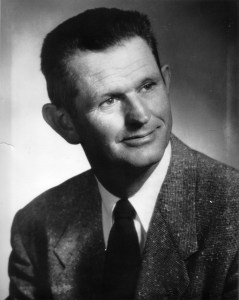
Their newspaper office was located on Second Street (Mission Avenue) and Tremont Street in a building that used to house the Ladies Emporium. In a 1977 article Paul wrote: “The staff of the “Blade-Tribune” consisted of Harold as editor, myself as business-advertising manager, Stuart Langford, shop foreman, Ken Stanley, linotype operator, Ora Magee, society editor, Betty Maxwell, office clerk, Bill Spencer, who formerly published the “Blade,” office manager, a part time high school boy as press room helper and about 12 carrier boys. High schooler, Lionel Van Deerlin, now a U. S. Congressman, sports editor was a “stringer,” which means he was paid 5c a column inch for published material.”
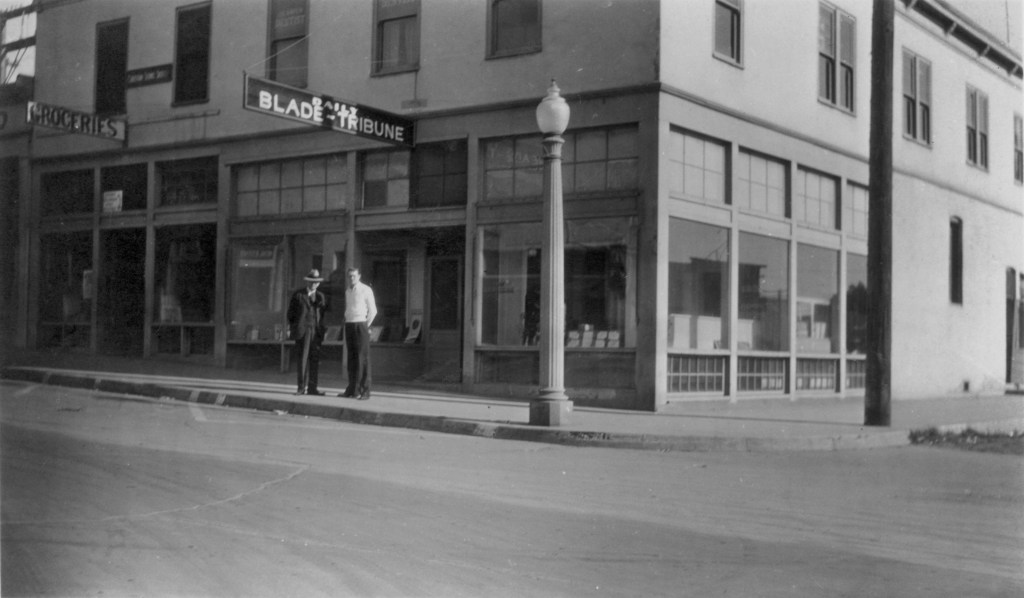
Both Harold and Paul were actively involved in the community. Harold served as President of Oceanside Chamber of Commerce in 1931 and Harold in 1934.
As Oceanside grew, so did the newspaper and soon the building they occupied was too small to accommodate a growing operation. In 1936 the brothers hired architect Irving Gill to design a new building for their newspaper plant at Tremont and First Street (now Seagaze).
Irving Gill was born in New York in 1871. He came to San Diego in 1893 where he practiced his field. He designed homes and buildings in San Diego as well as Los Angeles, where he later relocated. Gill’s architectural style evolved to eliminate ornamentation, with a decidedly modern style. In fact he was considered “one of the first of the moderns” and combined modern with Spanish architecture. Gill biographer Thomas S. Hines wrote: “In his own lifetime, Gill saw himself and was seen by others as a maverick, an innovator, and a modernist.”
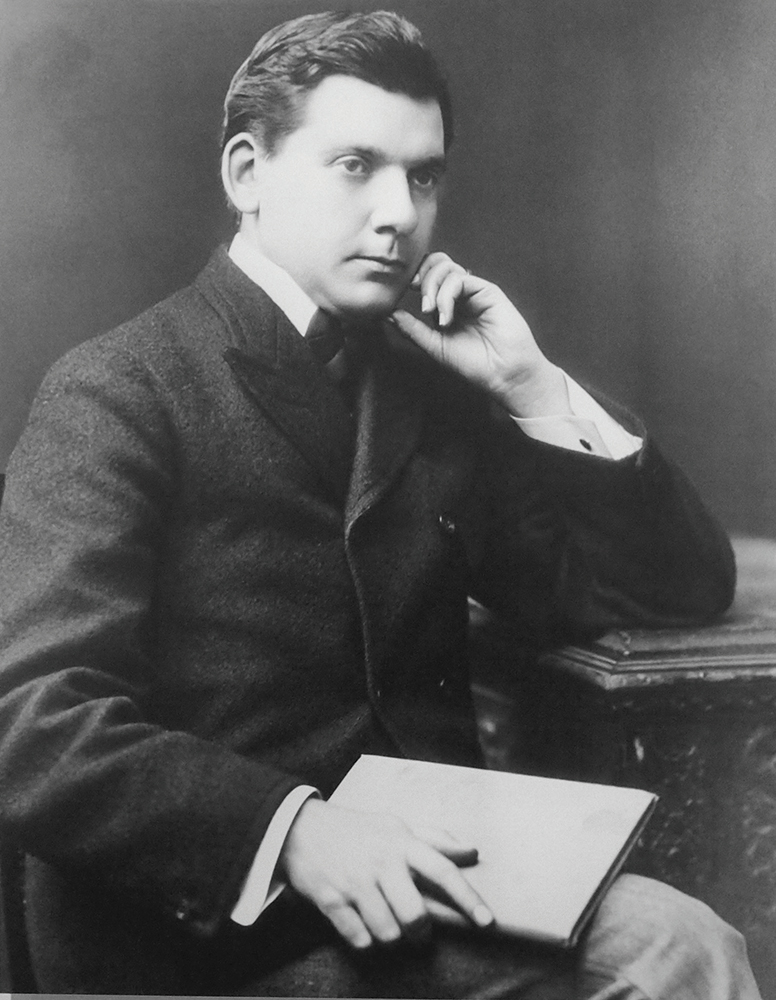
His modern and simple designs fell out of favor in the 1920s when the Spanish Revivalist style became popular. Under appreciated and with little work, Gill left Los Angeles and resided in Carlsbad by 1930. However, Los Angeles’ loss was Oceanside’s gain, as Gill would go on to design a total of five buildings in Oceanside.
The first Gill designed was Oceanside’s Fire and Police Station in 1929. Originally, plans were for a larger civic center complex. But due to lack of funding, only a portion of it was built. Located on the corner of Pier View Way and Nevada Street, the Fire Station is still in use today, but the building has been modified several times to accommodate the growing Fire Department and to house larger equipment and engines .
Gill’s second work in Oceanside was the Americanization School on Division Street, completed in 1931. The school was built at a cost of $4,400 and featured a domed rotunda. Gill took advantage of the southeast exposure giving the building large windows providing natural light. The building was saved from the wrecking ball and restored. It is presently used as a neighborhood community center. Also built that year and designed by Gill was the Nevada Street School, located on the 500 block of South Nevada Street. It was dismantled in the 1970s.

Gill’s fourth project in Oceanside was in 1934, that of a new city hall building. While Oceanside Councilman Charles Hoegerman prepared preliminary plans for an addition to the civic center, (which comprised the fire and police station), they apparently were similar to Gill’s earlier design from 1929. Gill then changed and revised them to conform to earthquake standards. The new city hall was located at 704 Third Street (Pier View Way) and dedicated December 19, 1934. This building is now the home of the Oceanside Museum of Art.
Gill’s last project was the Blade-Tribune Building at 401 First Street Street (Seagaze Drive). Designed in 1936, the building is a mix of Modern and Art Deco. Designed to look both modern and glamorous, Art Deco architecture features rectangular, or block forms often arranged in geometric fashion with curved ornamental elements. Building materials include smooth exteriors made of stucco, concrete or stone, with flat roofs adorned with parapets or spires. Gill died just one month before the building’s grand opening.

Louis Gill wrote of his uncle: “To my mind Irving Gill was much more than a pioneer architect in California. He was an innovator, constantly devising new ideas, not only in exterior design, but in hundreds of details, always considering such fundamental things as cost and materials and methods of construction, and always abhorring anything done for show. An indefatigable worker, never satisfied and quite willing to sacrifice anything to his art. In fact, to me, he seemed obsessed with the idea.”

Built at a cost of $10,000, when the Blade-Tribune building was formally opened on November 24, 1936, it was flooded with telegrams and congratulatory flower arrangements which lined the counters, stairway and desks. Among the many dignitaries and public officials which sent their regards, none was higher than President Roosevelt who sent a message to the Beck Brothers: “I am glad to learn that the Daily Blade-Tribune and the weekly Oceanside News have shared in the return of prosperity as evidenced in your acquisition of a new building. Please accept my hearty congratulations and extend to all of your readers my hearty felicitations.”

The San Diego Union Tribune newspaper described the building: “The new building is situated at the corner of First and Tremont Streets. It is of reinforced concrete and fire and quake proof. The editorial, news, business and circulation offices are on the main floor. The second floor contains an auditorium suitable for civic gatherings. The composing room, metal and stereotyping room are so situated as to make them easily accessible to the news room.”
The building was expanded in 1953 and the Becks sold the Oceanside Blade-Tribune newspaper in 1954 to Tom Braden, due to Harold Beck’s failing health. However, Paul and Harold maintained ownership of the building. Harold Beck retired to Palm Springs and later died at the age of 58 in 1963.
Paul remained active in civic and business affairs as a member of the Oceanside Elks Lodge, supporter and benefactor of the Oceanside Boys Club and chairman of the board of the Oceanside Federal Savings and Loan. In a 1986 interview Paul said, “I would like to think I helped make the city what it is.” He died in 1991 at the age 84.
In 1978 the building was purchased by Roosevelt Campbell, Jr. and Oscar and Ruth Culp. They together, with George Mitchell, formed CMC Furniture and for over three decades the former newspaper building was used as a furniture store and warehouse. In addition, a portion of the upstairs was made or converted into apartments.
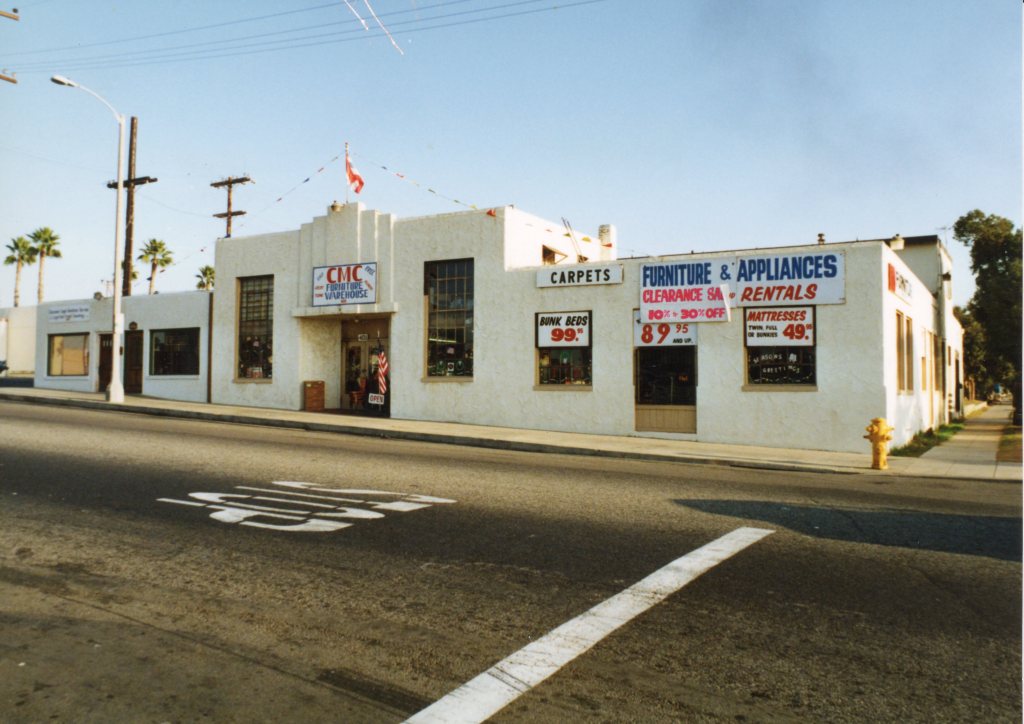
It is worth noting that both George Mitchell and Oscar Culp, upon joining the United States Marine Corps in 1943, were assigned to the Montford Point Marines, an all-Black division of the Marine Corps. Both men were recognized for their service when Congress bestowed our nation’s highest civilian award, the Congressional Gold Medal, along with more than three hundred other Montford Point Marines.

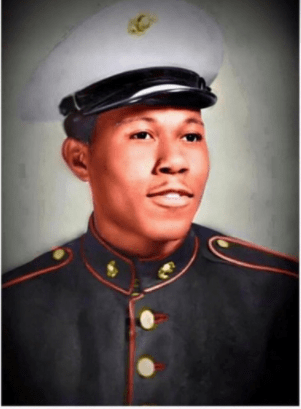
One of the most notable features of this historic building is a stepped motif parapet upon which is “engraved” the name of the two newspapers owned by the Beck Brothers in the smooth cement finish. This, however, had been covered for decades in a blocky (or even splotchy) stucco pattern. When the building was being remodeled and restored just a few years ago, that stucco finished was removed revealing Gill’s original design and the name of Oceanside’s longest published newspaper, the Blade Tribune.
Today the building is the home of the Blade 1936 restaurant, a name given as an ode to its history.

Thanks for another great article.
LikeLiked by 1 person
Thank you for reading!
LikeLike
What a great article! I never realized that the building had a 2nd floor, or just how much detail was obscured by that awful stucco job. Thanks for your research and excellent writing.
LikeLiked by 1 person
Thank you for reading and your feedback!
LikeLike
Wow! You are really bringing back some memories for me with this one, Ms. Hawthorne!
I sold Blade Tribune papers for a dime a copy during the 50’s, walking all the establishments along Hill (Coast Highway) and 2nd Street (Mission). I earned a whopping 5 cents for every paper I sold. I learned lots about downtown then, the most notable being all the basement establishments along Hill. There was a basement poker room adjacent to the Towne Theater (or possibly the Margo), and one of the regulars always smiled and bought a paper from me, often giving me a quarter if he was having a good day at the table. Later, when I had my own paper route along Weitzel, Horne, Wisconsin, and Ditmar, I’d fold my papers at the Blade before heading out for delivery.
I attended Kindergarten at Nevada School, I think in 1953. The school was closed after that, and if I’m not mistaken, the buildings were moved on to Mission west of the elementary school, and the buildings were used for maintenance of buses and such. My memory falters here, so I’m no longer sure if that’s correct.
When Nevada closed, I attended first grade at Horne Street Elementary School, adjacent to Oceanside High. That school closed at the end of the year and I attended school at Ditmar afterwards. So it might be that these were the buildings that were relocated.
I recall Division School well, since I grew up on Center, about 50 yards away, the closest single family dwelling, which still stands today.
I greatly appreciate your histories of my home town and the memories they trigger. It’s always a pleasure to enjoy the fruits of your research.
LikeLiked by 1 person
As a baby boomer fortunate to have spent my formative years in Oceanside before heading off to college by the mid-sixties, I have really enjoyed these history segments of my hometown. Thank you, Ms. Hawthorne very much for your scholarship in presenting these for us. This latest entry is especially relevant for a couple of reasons. First as a youngster in the late fifties, I would visit the Blade Tribune circulation office to pay my monthly bill as a carrier for the newspaper. That thirty-five cents per customer on a monthly basis was a fine stipend for this youngster. (soon was able to purchase a new Schwinn three-speed from Alan’s Bicycle Shop on South Hill.) And secondly, by the mid-sixties, I had the privilege to meet Kenneth Stanley(mentioned in your writing as the Blade’s Linotype operator) as he was the grandfather of my wife to be, Cindy Robertson. K.C. or better known as Popa filled the role for the Blade for decades prior to his retirement in the mid-sixties. I will enjoy reading this entry to his daughter, Barbara Robertson, when I next see her at her assisted living facility in Grand Junction, CO. Sincerely, Ted McCord
LikeLiked by 1 person
Ted, thank you for reading and your very kind comments. I am pleased that you enjoyed my article and that evoked such memories.
LikeLike
Thank you so much for this article. I knew about Irving Gill’s buildings in Oceanside except the School that was dismantled on Nevada Street. It’s a pity it couldn’t be saved. Great photos and I am so happy the Blade 1936 restaurant made this a true gem of Oceanside.
LikeLiked by 1 person
Just wondering if you may have any info about whether Master Sergeant Oscar Culp could be related to Jerry Culp who was a world class high jumper from Oceanside High back in the early 1970s. Thanks for all of this great Oceanside History!
LikeLiked by 1 person
Not sure … but I think so. I will look into it
LikeLike
Father and son!
LikeLike